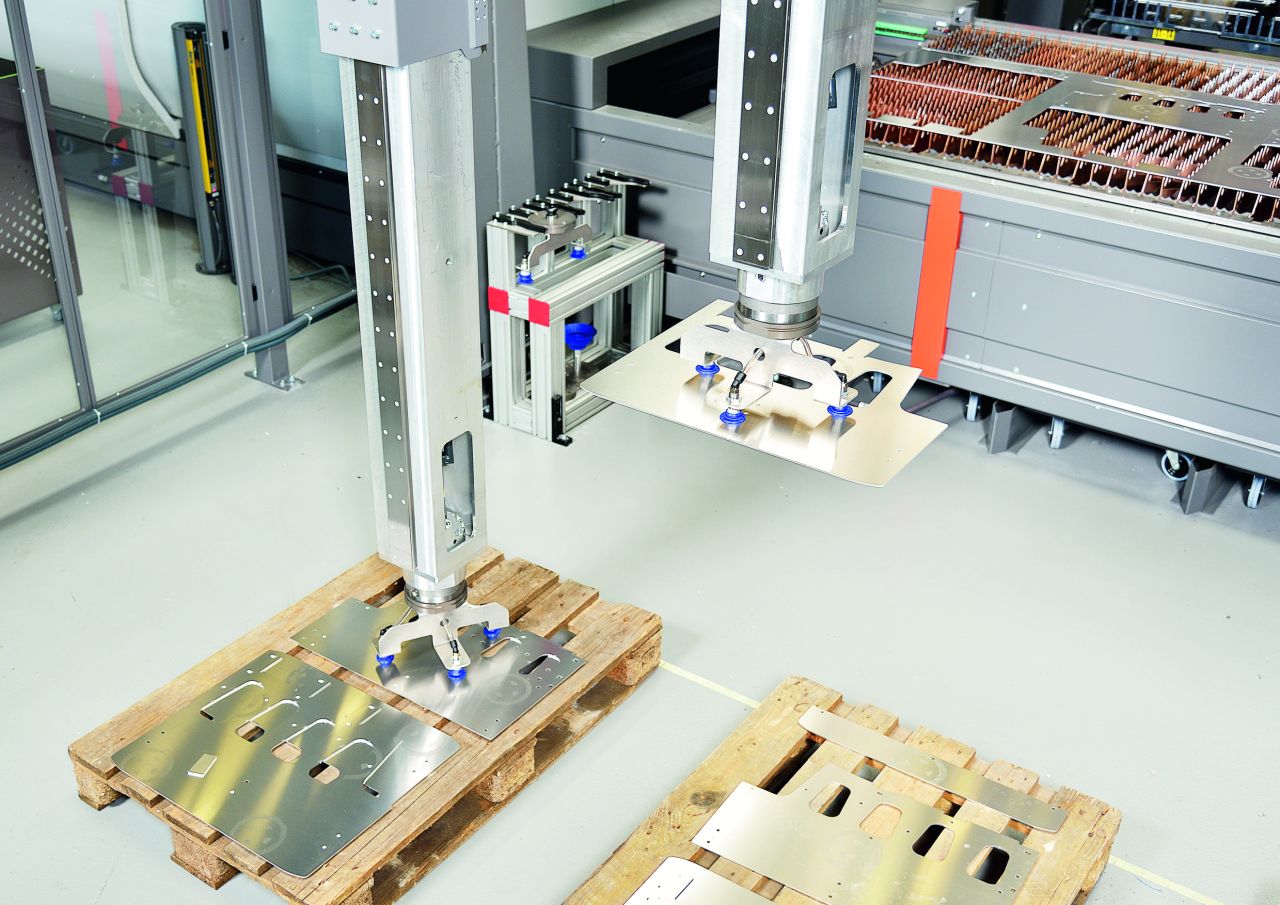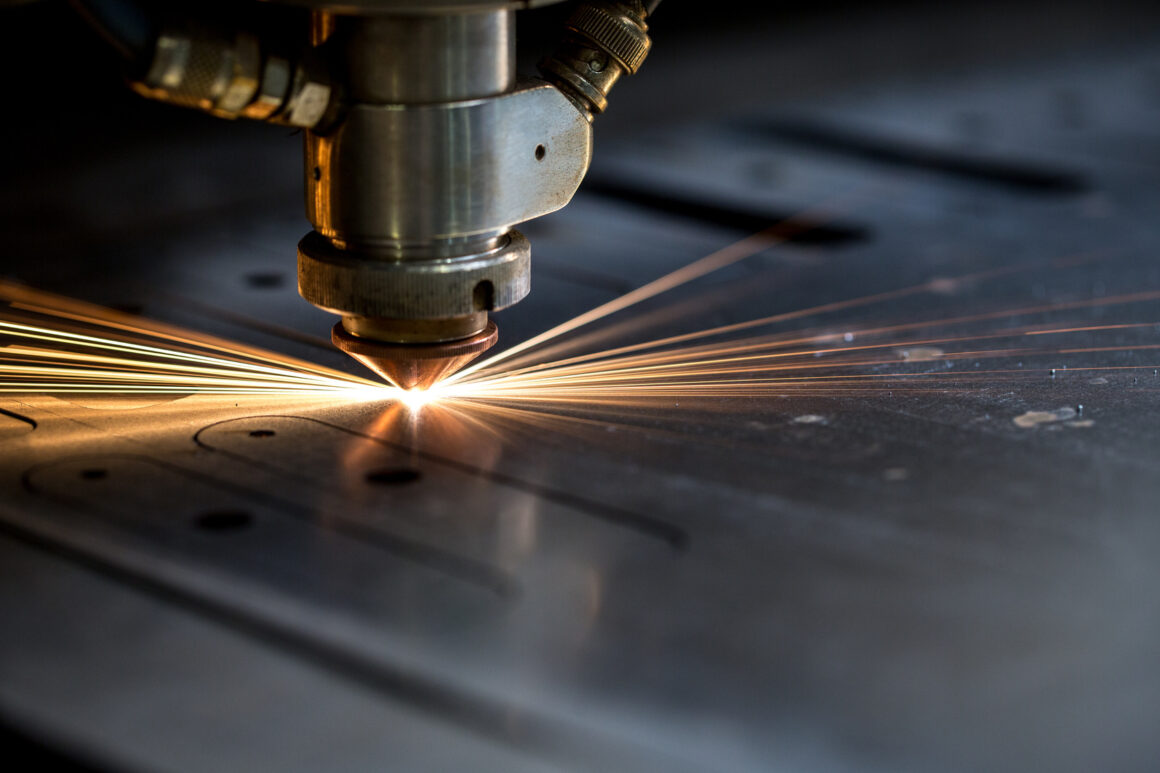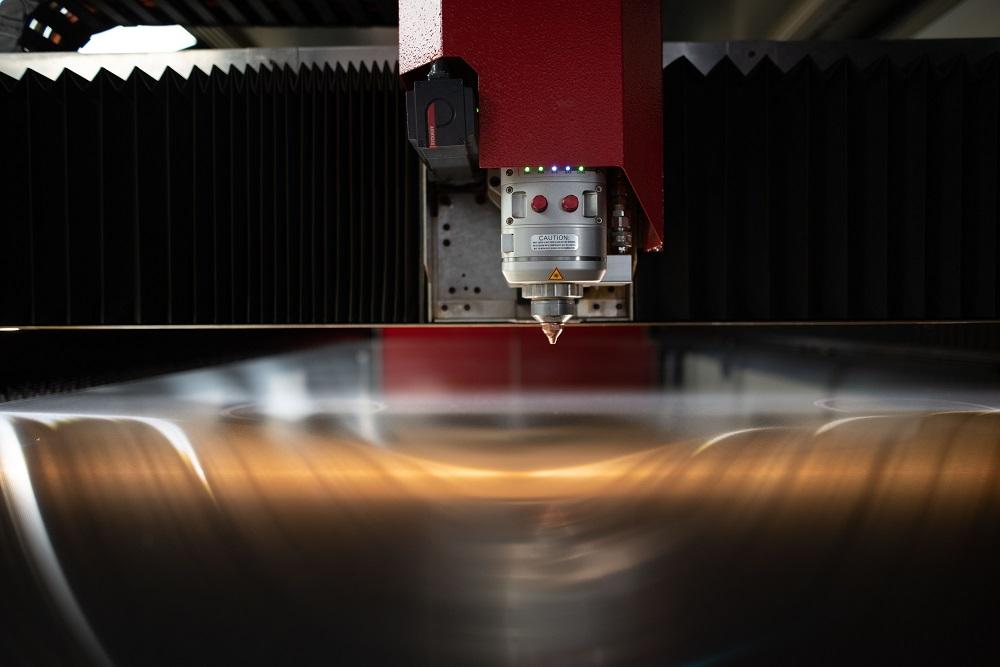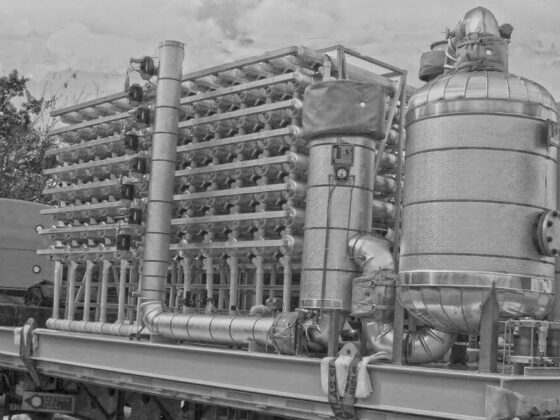Investing in laser machines can be a great way to increase efficiency and productivity. However, it is important to understand the cost and return on investment (ROI) before making such an investment.
In this article, we will discuss the factors that must be taken into consideration when deciding whether or not investing in a laser machine is right for you. Well also look at how these investments can help drive success for your business.
With sound knowledge of the associated costs and potential ROI, you will have all the information necessary to make informed decisions about your investments in laser machines.
Calculating the Cost of Investing in Laser Machines
Calculating the cost of investing in laser machines is a complex process, requiring an understanding of both upfront costs and any potential returns on investment. Before making any decisions, it’s important to consider all factors that may impact the costs associated with purchasing and maintaining a laser machine.
This includes researching current market prices for similar models, factoring in installation charges or delivery fees, accounting for necessary safety measures such as protective eyewear or clothing, and estimating operating expenses such as electricity bills. Additionally, one should also consider training staff members or hiring specialized personnel if necessary.
Taking into account these various components when calculating the cost of investing in laser machines can help ensure that businesses make informed decisions about their investments and maximize their return on investment (ROI).
Analyzing the Return on Investment from a Laser Machine Purchase

When it comes to investing in laser machines, a thorough analysis of their return on investment (ROI) is essential for businesses to understand whether such an investment is the right choice. By examining factors such as usage and maintenance costs, potential downtime savings, and any productivity gains that could be achieved through improved processes or reduced labor requirements, companies can form a clear picture of how much money they stand to gain from investing in this technology.
Additionally, cost-benefit analyses should also factor in long-term improvements like increased customer satisfaction due to higher quality products or faster delivery times. With these considerations taken into account, managers can make an informed decision about whether acquiring laser machines is the best path forward for their business goals.
Understanding Long-Term Financial Implications of Investing in Lasers
For many businesses, the decision to invest in laser machines is an important one. The long-term financial implications of such a purchase must be considered carefully before taking the plunge.
Before investing in a laser machine, it’s essential to understand all of the associated costs and potential returns on investment (ROI). This will help you make an informed decision about whether or not this technology is right for your business.
When assessing the cost of investing in lasers, there are several factors to consider. First, you need to think about upfront costs such as purchasing or leasing the equipment and paying installation fees.
You also have ongoing maintenance needs that should factor into your budgeting decisions. Additionally, there may be other expenses related to training staff members who will use the new technology and developing processes for using it effectively over time.
The ROI associated with lasers can vary greatly depending on how they are used within an organization. Potential savings from increased efficiency and improved quality control should be weighed against any additional labor costs needed to operate them correctly over time.
Businesses should also take into account any revenue generated by offering new services enabled by their laser equipment investments when calculating ROI data points like payback period length or net present value (NPV). Ultimately, understanding both the cost and potential rewards of buying laser machines requires careful analysis before moving forward with an investment decision – but doing so could pay off significantly if done correctly!
Assessing Benefits and Drawbacks to Incorporating Laser Technology into Your Business Model

When it comes to incorporating laser technology into a business model, the potential benefits and drawbacks must be carefully assessed. Laser technology can provide an array of advantages for businesses, such as increased efficiency in production processes, improved accuracy in cutting and welding materials, reduced costs due to more precise work with fewer mistakes or rejects, and faster turnaround times on products.
However, some potential drawbacks must be taken into consideration when investing in laser machines. These include high upfront costs for purchasing the machinery as well as ongoing maintenance expenses; extensive training requirements for staff members who will use the machines; safety protocols that need to be implemented; possible environmental concerns related to emissions from lasers; and disruption of other operations while setting up new equipment.
Understanding all of these factors is essential when determining whether or not investing in laser machines is right for your company’s needs and budget.
Evaluating Potential for Growth with Laser Machinery Investments
When it comes to evaluating the potential for growth with laser machinery investments, there are a few key factors that need to be taken into consideration. These include researching the types of machines available and their associated costs, examining how usage can affect return on investment (ROI), and understanding any related maintenance requirements.
Additionally, potential buyers should consider if the machine is capable of scaling with demand or will require additional upgrades to meet future needs. Ultimately, by doing thorough research and comparing different options available on the market, businesses can more accurately determine which type of machinery is best suited for their particular application.
Conclusion

Investing in laser machines can be beneficial for many businesses as it provides a high return on investment and relatively low cost. Laser machines offer precision cutting, engraving, welding, and marking capabilities that are hard to achieve with traditional methods.
They help increase efficiency and productivity while making the product more attractive. Additionally, they require minimal maintenance costs compared to other types of equipment.
All these factors make investing in laser machines an attractive option for many businesses looking to expand their operations or improve their bottom line.


